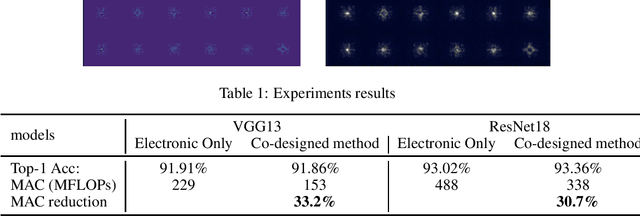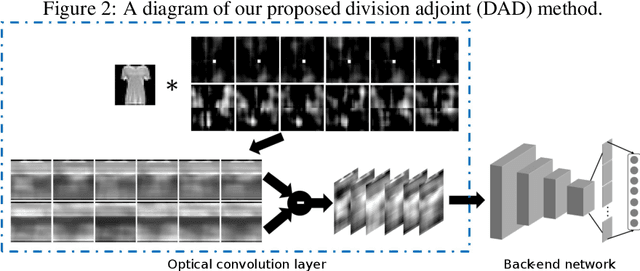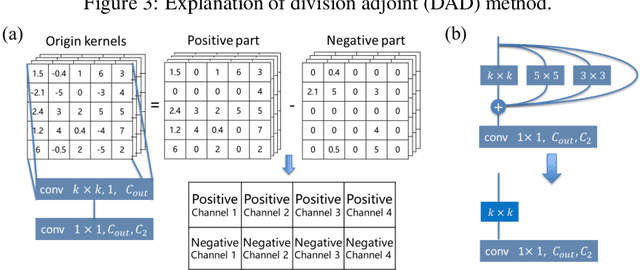Yunpeng Xu
Conformal Risk Control for Ordinal Classification
May 01, 2024Abstract:As a natural extension to the standard conformal prediction method, several conformal risk control methods have been recently developed and applied to various learning problems. In this work, we seek to control the conformal risk in expectation for ordinal classification tasks, which have broad applications to many real problems. For this purpose, we firstly formulated the ordinal classification task in the conformal risk control framework, and provided theoretic risk bounds of the risk control method. Then we proposed two types of loss functions specially designed for ordinal classification tasks, and developed corresponding algorithms to determine the prediction set for each case to control their risks at a desired level. We demonstrated the effectiveness of our proposed methods, and analyzed the difference between the two types of risks on three different datasets, including a simulated dataset, the UTKFace dataset and the diabetic retinopathy detection dataset.
* 17 pages, 8 figures, 2 table; 1 supplementary page
Conformal Ranked Retrieval
Apr 27, 2024



Abstract:Given the wide adoption of ranked retrieval techniques in various information systems that significantly impact our daily lives, there is an increasing need to assess and address the uncertainty inherent in their predictions. This paper introduces a novel method using the conformal risk control framework to quantitatively measure and manage risks in the context of ranked retrieval problems. Our research focuses on a typical two-stage ranked retrieval problem, where the retrieval stage generates candidates for subsequent ranking. By carefully formulating the conformal risk for each stage, we have developed algorithms to effectively control these risks within their specified bounds. The efficacy of our proposed methods has been demonstrated through comprehensive experiments on three large-scale public datasets for ranked retrieval tasks, including the MSLR-WEB dataset, the Yahoo LTRC dataset and the MS MARCO dataset.
DAD vision: opto-electronic co-designed computer vision with division adjoint method
Nov 04, 2022



Abstract:The miniaturization and mobility of computer vision systems are limited by the heavy computational burden and the size of optical lenses. Here, we propose to use a ultra-thin diffractive optical element to implement passive optical convolution. A division adjoint opto-electronic co-design method is also proposed. In our simulation experiments, the first few convolutional layers of the neural network can be replaced by optical convolution in a classification task on the CIFAR-10 dataset with no power consumption, while similar performance can be obtained.
 Add to Chrome
Add to Chrome Add to Firefox
Add to Firefox Add to Edge
Add to Edge